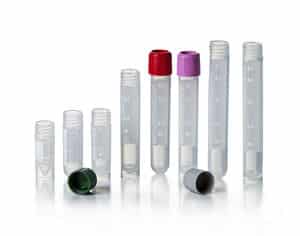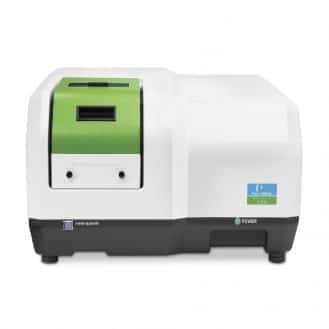Reagents are generally used in laboratories but are also available in kit form for use in the field. Their applications are numerous. These include:
Reagents are the basic components of clinical test kits used to screen for various diseases (such as COVID-19) or pregnancy.
In drug tests, the reagents are calibrated to react to the presence of a drug at a certain threshold. If the threshold is exceeded, the test result is positive. These tests can detect cannabis, opiates (heroin, morphine), cocaine, crack, amphetamines, etc. They are used in a variety of circumstances, mainly in roadside drug testing, road accidents or traffic offenses, doping control, or in-company drug testing.
Reagents are also used in environmental analysis tests, particularly for water (clean water, wastewater, industrial sewage) and soil.
They are also used to test pH, blood gas, and electrolyte levels.
Reagents are used in food testing to determine the nutritional value and quality of certain foods or to detect contaminants, especially pesticides and heavy metals, in order to ensure food safety. These tests are carried out in the food, beverage, and agricultural sectors.

RANDOX quality control reagent

ERBA Diagnostics coagulation reagents







